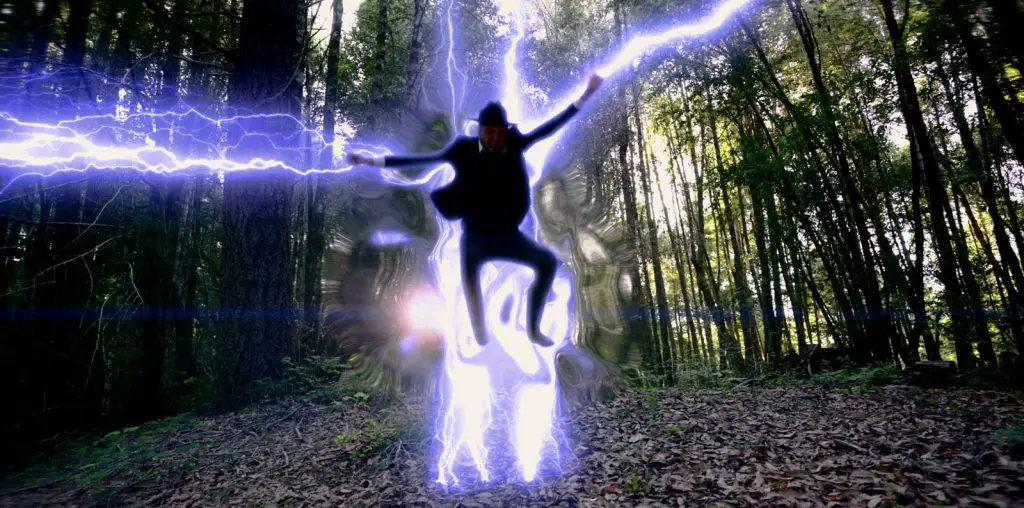
We never did find out who Billy was, did we? Was he a disgruntled ex-boyfriend? A humiliated crush? Or perhaps just a lunatic who drifted into the sorority house one night before Christmas? It’s always more frightening to be left with questions, isn’t it? Why do killers always have to have a motive or connection to the characters? Do real murderers always make sense?
Christmas has surely worked in favor of Bob Clark who created two of the best Christmas films ever made, both of which are completely opposite genres, and that’s just how we like it.
After many years on the shelf as a hot commodity among horror fans and a rare classic, Clark’s holiday slasher has now been widely accepted, after much deliberation, as the first slasher film ever made, pre-dating “Halloween” by four years, creating the first utterly frightening maniac, and forever splitting fans of the genre on which the better holiday horror film is.
And better yet, after the current remake which is garnering awful reviews so far, horror fans are appreciating “Black Christmas” much more these days. Clark’s film which is now almost thirty five years old has aged wonderfully losing none of its impact, and utter suspense. It’s consistently a horrifying and spine-tingling slasher film that loses no punch even in the age of CGI, and remakes.
If you’re not aware by now, “Black Christmas” sets down on a sorority house a few days before Christmas. A mysterious man appears at the house hiding in the attic and suddenly the body count begins to rise. His MO is obscene prank phone calls that consist of still effectively frightening rambling and shrieks.
Clark introduces a number of possible explanations to our audience, but just when we’re sure we know where his horror film is going, he continues to surprise us. One of the sicker twists for “Black Christmas” is that it presents much of the same atmosphere and whimsy “A Christmas Story” presents, even providing some dark humor in the process, but he undercuts that with utterly creepy murder sequences including a unicorn’s horn, and suffocation.
Surprisingly, much of the structure for “Black Christmas” is similar to “Halloween,” with our cast of troubled characters, a mysterious element that arrives in a peaceful neighborhood, sneaks around in the dark to murder their victims, and the tense climax in the house involving the final character, with a surprise ending.
Clark’s specter though, Billy, is a pure enigma with an erratic personality that we can never tack on. At times he’s a raging lunatic smashing his altars in anger, screaming in rage, and losing control over the phone while also quiet, and calculating, taking pride in his murders and sitting one of his victims by the window to look down at the rest of the neighborhood. Clark’s film remains one of the most under-appreciated gems of the genre with wonderful performances by Margot Kidder and the lovely Olivia Hussey, and constantly sets up various red herrings only to knock them back down for the audience.
What keeps Clark’s film a constant timeless piece is its pure sense of utter dread and inevitable doom that lingers about, as our killer waits in the attic randomly picking off anyone that comes across his domain of trophies. What “Black Christmas” retains is the competent pacing and pure chaos that’s dealt in whispers and brutality, and what it lacks is a younger audience who just can’t quite understand that some horror films require imagination, suspense, and no explanation to hold our hand with.
As for the endless debate, if you ask me, “Halloween” is the perfect horror film, one filled with an engrossing story, characterization, and a classic finale that drips terror, but whenever I watch “Black Christmas,” and hear “It’s me… Billy,” I can’t help clutch my pillow a little tighter at night.
They don’t make them like this, anymore.
